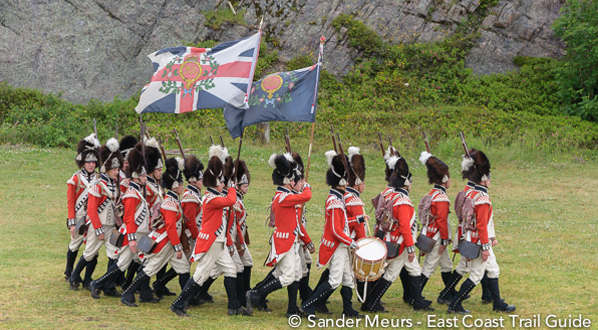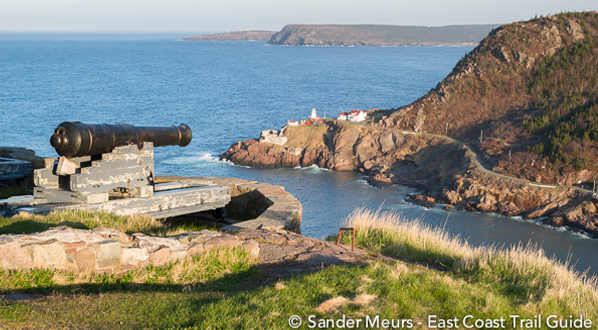History
St. John’s has experienced a long and colorful history. Europeans began visiting this harbour during the beginning of the sixteenth century. Because of its harbour and proximity to the fishing grounds, St. John's gained prominence as a commercial trading outpost for the Basques, French, Spanish, Portuguese and English engaged in the fishery along the western side of the North Atlantic.
The late sixteenth century saw the rise of Britain as a significant world naval power and with it, their dominant presence in the Newfoundland fishery, particularly in the area ranging from Cape Bonavista in the north to Cape Race in the south. St. John's recorded the first permanent settlers in this period of the early 1600s, with a family named Oxford establishing a plantation.
The north side of the harbour saw wharves, fish stores, and warehouses constructed to accommodate the trade which grew as a result of the fishery. A path which crossed the various streams and brooks running down the side of the hill connected these premises. This path later became known as the lower path and later still as Water Street — the oldest commercial street in North America. It was along this path that fishers, fishery servants, traders, and their families, along with fishing captains, pirates, traders and naval officers all travelled from storehouse to warehouse to alehouse to purchase or barter for the supplies necessary to secure a successful voyage during the Newfoundland fishery.
The port's importance as a major part of the fishery made it a prime military target for any nation wishing to gain control over this important food supply. The earliest record of these battles dates back to 1555 when the Basques travelled overland to capture St. John's from the French. Over 100 years later, in June 1665, the great Dutch naval strategist Admiral De Ruyter captured St. John's from the English. Commencing in the late seventeenth century, and running throughout most of the eighteenth century, the English and French engaged in a series of wars which saw St. John's used frequently as a battle ground. The last of these battles occurred in 1762 when the British recaptured St. John's from the French after a brief fight.
By the latter part of the eighteenth century, the population of St. John's stood at a few thousand based on its trade in the fishery. The outbreak of the Napoleonic Wars in 1791-2 in Europe saw a growth in the demand for salt fish. As prices for this commodity increased it attracted a large influx of people, mainly Irish immigrants, who came to take advantage of the high fish prices and good wages. This resulted in a substantial increase in the population of St. John's which stood at approximately 10 000 by the end of these wars in 1815. The economic boom in the Newfoundland fishery ended with the conclusion of the war. Fish prices fell and remained at generally low levels until the outbreak of the First World War in 1914.
St. John's, now the commercial and political capital of Newfoundland, grew slowly throughout the nineteenth century. The town was rebuilt three times, despite being ravaged by fires in 1816, 1846, and 1892. In 1921, St. John's became incorporated as a city with the passage of the City of St. John's Act by the Newfoundland government. Throughout the first half of the twentieth century, St. John’s remained the centre of commercial trade in the Newfoundland fishery. Today, St. John's remains the main financial and commercial centre for Newfoundland and Labrador and the capital of the province.
Source: City of St. John’s










